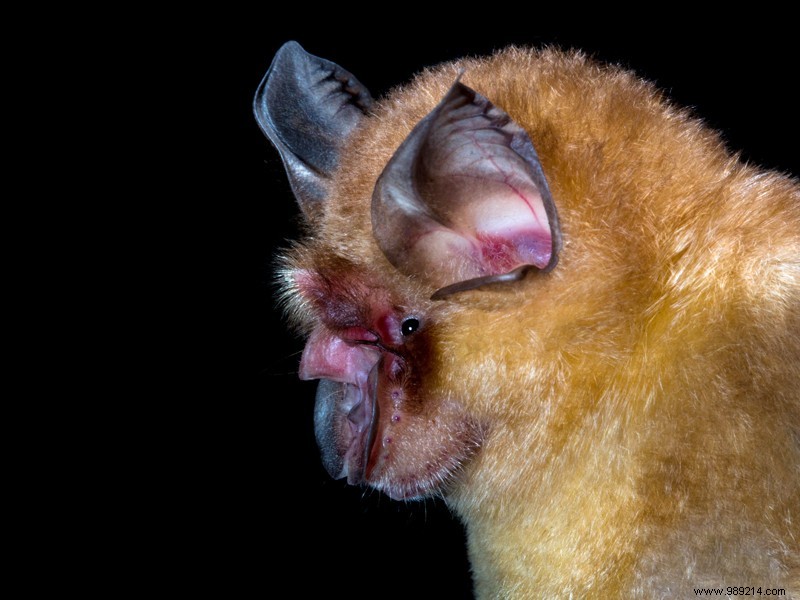A new coronavirus closely related to SARS-CoV-2, responsible for the Covid-19 pandemic, has been discovered. The pathogen was isolated from bats stored in laboratory freezers in Cambodia.
While SARS-CoV-2 continues to circulate around the world, researchers are still working to determine its origin. Like its cousin SARS-CoV, responsible for the severe acute respiratory syndrome suffered in the early 2000s, SARS-CoV-2 probably comes from horseshoe bats (genus Rhinolophus ). However, to be sure, it is necessary to study as many of these small mammals as possible. . With this in mind, some teams are working to capture these animals directly in their caves in order to collect blood and saliva samples, as well as fecal swabs.
As part of this investigation, others are also focusing on specimens preserved in the laboratory. And that work is starting to pay off. Virologists from the Institut Pasteur du Cambodge, in Phnom Penh, announce that they have isolated a new coronavirus closely related to SARS-CoV-2 in frozen bats, stored since 2010 in a Cambodian laboratory.
"This is what we were looking for and we found it “, said Dr. Veasna Duong, who led the research. "It's both exciting and surprising ". Details of this work are reported in Nature News &Comment .
Researchers isolated the virus from two Shamel's horseshoe bats (R. shameli ). By "zooming" on a small segment of its genome (a segment made up of 324 base pairs) they thus noted its similarity with SARS-CoV-2 , but also with its closest known relative:RaTG13. The team must now sequence its entire genome (about 30,000 base pairs) to determine precisely how closely this novel coronavirus is related to SARS-CoV-2.
Note that the sequences of this new virus would have to be at least 99% similar to be considered a direct ancestor of the latter. For now, RaTG13, which shares 96% of its genome with SARS-CoV-2 , remains its closest known relative. The two pathogens would have diverged between forty and seventy years ago .

Also note that during this time another team also reported the discovery of another coronavirus in frozen bat feces in a Japanese laboratory since 2013. This virus, called Rc-o319, on the other hand, shares only 81% of its genome with SARS-CoV-2, according to an article published on November 2. In other words, it is closely related to the latter, but not enough to determine the origin of the pandemic.